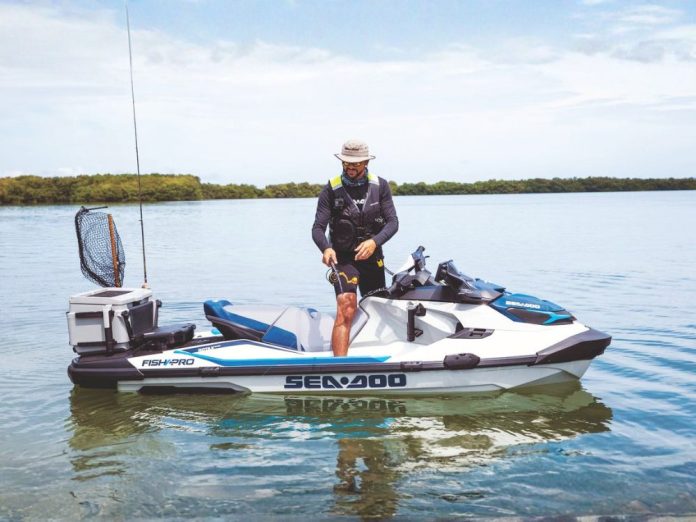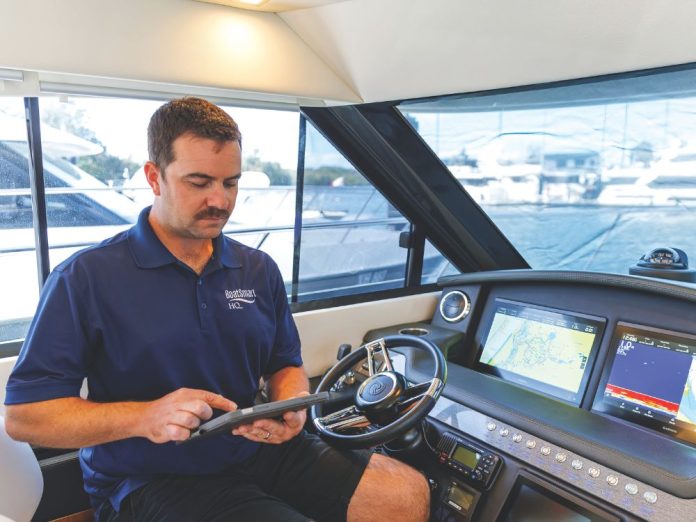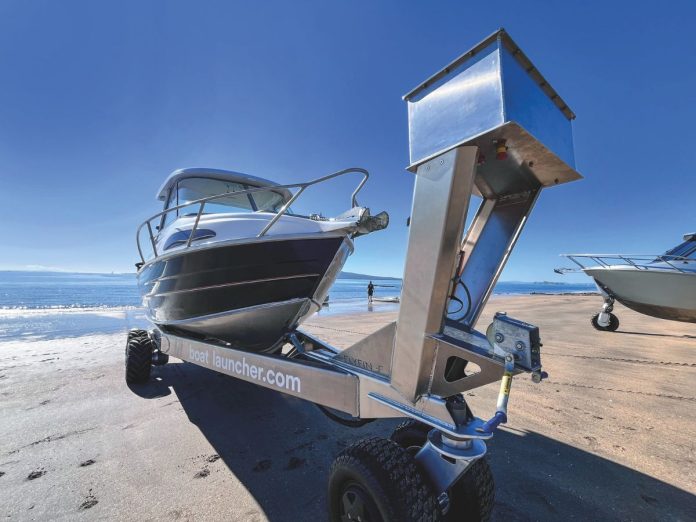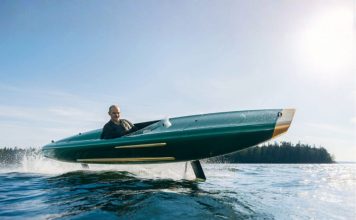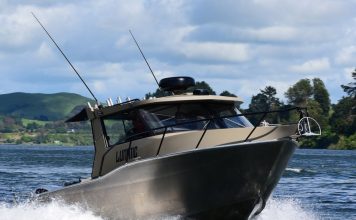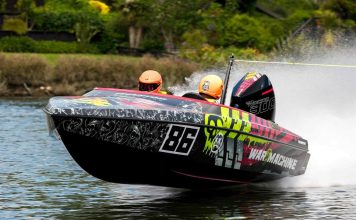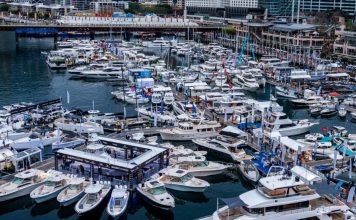For a club focussed on dinghies, cat and trailer-yachts, it’s remarkable that New Plymouth is also the custodian of an epic ocean-racing challenge that’slasted for 50 years and still going strong.
The Solo Trans-Tasman Yacht Challenge has been sailed every four years (except for Covid buggering up the schedule) since 1970. The most recent race – a fleet of nine intrepid sailors including one woman skipper – set off on Easter Sunday, 9 April, on the often-gruelling passage from New Plymouth to Southport in Queensland. The race this year is sponsored by the Taranaki franchise of Ray White Real Estate.
The sailors of the New Plymouth Yacht Club, established 1939, are not faint-hearted themselves, sailing every weekend outside the breakwater, in the regularly stern breezes and seas of the ‘Naki coastline.
When I visited the club a few weekends ago, sailing coach Wayne Holdt (who is also the Yachting New Zealand Regional Development Manager for the lower North Island) was too busy watching over their Optimist and Starlings race fleet out there in 28 knots of breeze to yarn with me on Saturday. A couple of bedraggled young sailors needed towing home.
The club also has a ‘Rainbow Fleet’ (all bright-coloured sails) of 60 trainee Optie sailors, who yes, sail in the relatively sheltered waters within the harbour breakwater.
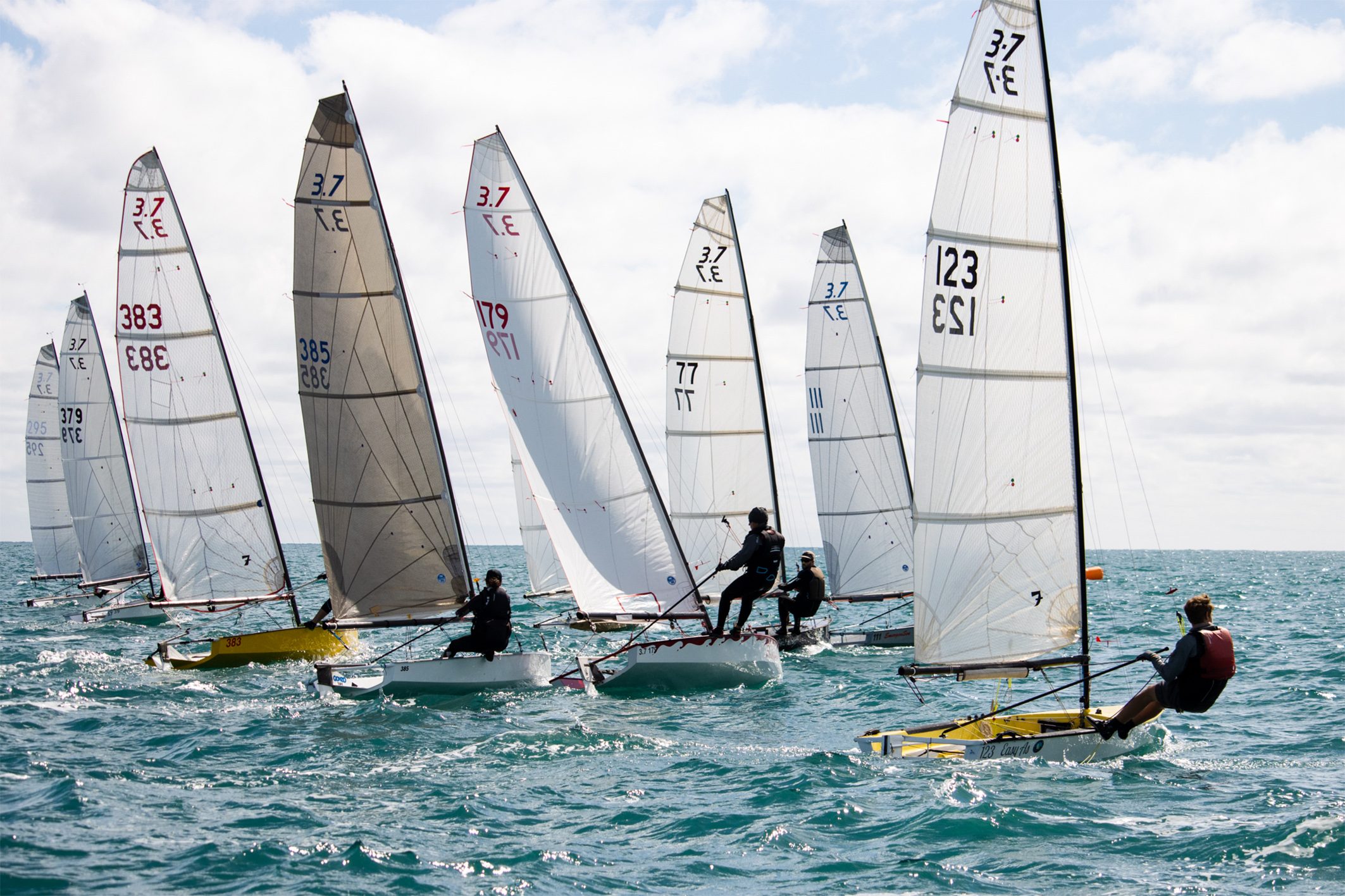
The fleet at New Plymouth is just like sailing used to be. Dominated by 17 Paper Tigers, those single-handed catamaran thrill machines designed by the recently-departed Kiwi legend Ron Given; and as Wayne tells me, the plywood boats are still the fast ones, compared to the fibreglass models.
Then there are about seven of those Bruce Farr classics the 3.7s – also sailed single-handed, with the sailor out on trapeze. Plus a dozen or so Hartley 16s. This is Real Boats Central. The club also owns eight 420s and two Elliot 5.9 trailer-sailers for use in their schools team racing and adult Learn to Sail programmes. Which are going great guns, bouncing back with much gusto after Covid.
The club also started a Women on Water programme as a post-Covid initiative, expecting about 10 takers. More than 40 women turned up! The 420’s and the Elliots have been busy.
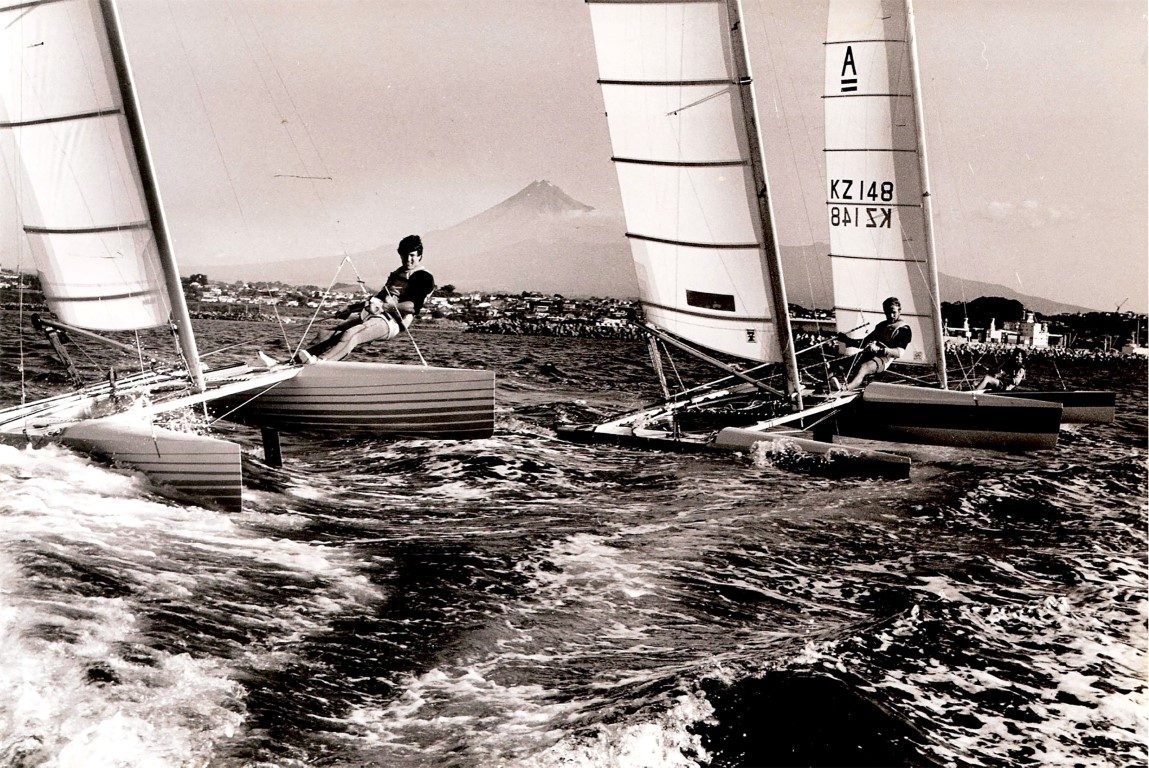
And while Wayne and I were chatting, sitting on the well-loved couches in the clubhouse, he pointed to a 40-foot keelboat just heading out of the harbour into the Tasman swell and a stiff breeze, with Women on Water candidates aboard. In keeping with its ‘Dinghies rule!’ theme, New Plymouth Yacht Club has only two keelers on its books. They tend to spend their summer in the Marlborough Sounds, an overnight sail away.
Back in the day, a Taranaki Cruising Club was established and a big clubhouse built at the other end of Ngamotu Beach. That morphed into the New Plymouth Sportfishing and Underwater Club. Which, incidentally, has installed the cleverest freshwater wash for boats returning from the sea – a comprehensive spray up under the hull from spouts set in the ramp.
The two clubs are separated by the expanse of Ngamotu Beach and the waterside road Ocean View Parade, which houses curiosities such as sundry anchors set in concrete, an artwork in the form of road signs pointing to landmarks of central psychic importance to locals, and the preserved Moturoa No 4 oil well beam pump. They used to pump oil right from this beach.
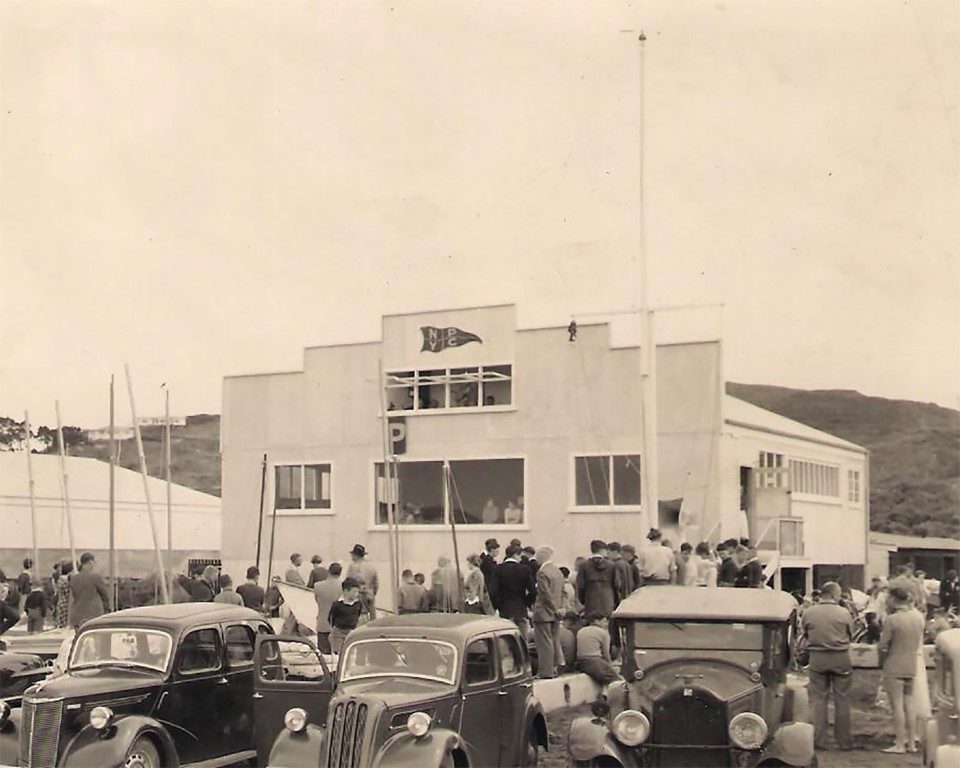
A terrific historical photo in the clubhouse shows their original opening day in 1939, with cars and crowds and sailboats spread out over the whole beach.
An interesting stat: the club’s membership in that first year was about 200 people. It’s stayed the same all these years, and remains at that number now.
Beyond the Solo Trans-Tasman event, the club keeps a high profile in small boat racing. On the weekend before Easter, they hosted the OK Dinghy National Championships, and those for the 3.7, with fleets of 25 boat and 29 respectively. Local sailor Paul Moriaty finished second in the 3.7s In 2004, they hosted a very well-attended World Championships for A Class Cats and, they rotate with Napier and Taupo hosting the Optimist North Island Championships.
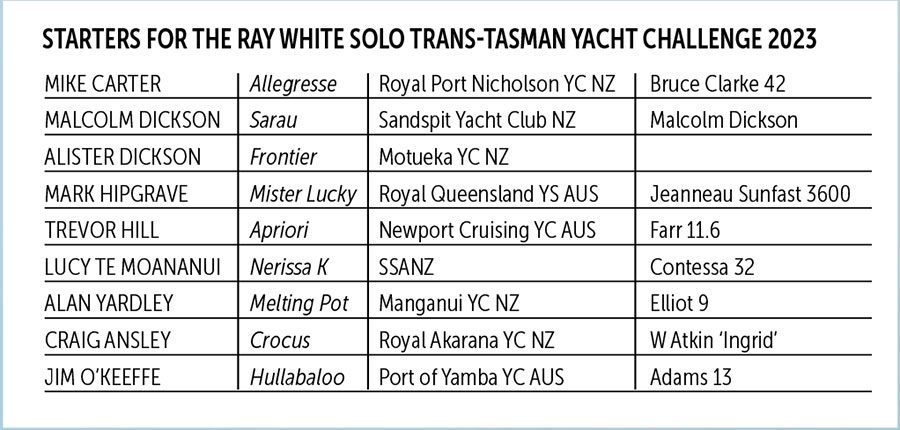
In 2004, they hosted a very well-attended World Championships for A Class Cats. And together with the Yacht Clubs at Napier and Taupo, they rotate the hosting of the Optimist North Island Championships, which always attract huge fleets.
It was a pilgrimage to WOMAD, also back after the Covid hiatus, that took Lesley and I to New Plymouth. But hey, we should have come much earlier!
And also, we should have stayed for the start of the Solo Tasman Race. One of the skippers, Lucy Te Moananui, had arrived well before us. But on the day of my visit, she was back out at sea, completing her 500nm qualifying passage.
Other notable skippers in the race are two Kiwi brothers Malcolm and Alister Dickson, one from Motueka, the other from Sandspit, whose version of brotherly togetherness is meeting in New Plymouth to promptly take off again, each on their own boat. Plus three Aussies. [See box for the full line-up].
The New Plymouth Yacht Club volunteers are also part of Sailability Taranaki, a programme for disabled sailors who compete at Waitara in eight Hansa 303 sailing dinghies.
The thing about New Zealand’s regional yacht clubs is their disproportionate contribution to the rich heritage of top Kiwi sailors. New Plymouth Yacht club is no different. Beyond the staunch disabled sailors mentioned above, the club also counts these fine sailors among its alumni: Craig Monk, Olympian in the always-testing Finn class, and legendary America’s Cup sail-trimmer and winch-grinder (hard to imagine he started as crew on his Dad’s Sunburst!); Ross Field, Whitbread Round-the-World and Volvo Ocean Race winner, and now Arctic cruising exponent; and Sam Street, recent winner of the Wasp World Championships, and a contender for 470s in the Olympics. Jack Parr a foiling windsurfer who went to the Youth Worlds this year. And of course Wayne Holdt, who continues to contribute to New Zealand sailing despite never having left his home town.
And you can see why. The sailing off New Plymouth is superb. If sometimes a wee bit on the stern and windy side. But then that’s how the best sailors are formed, eh!. BNZ













